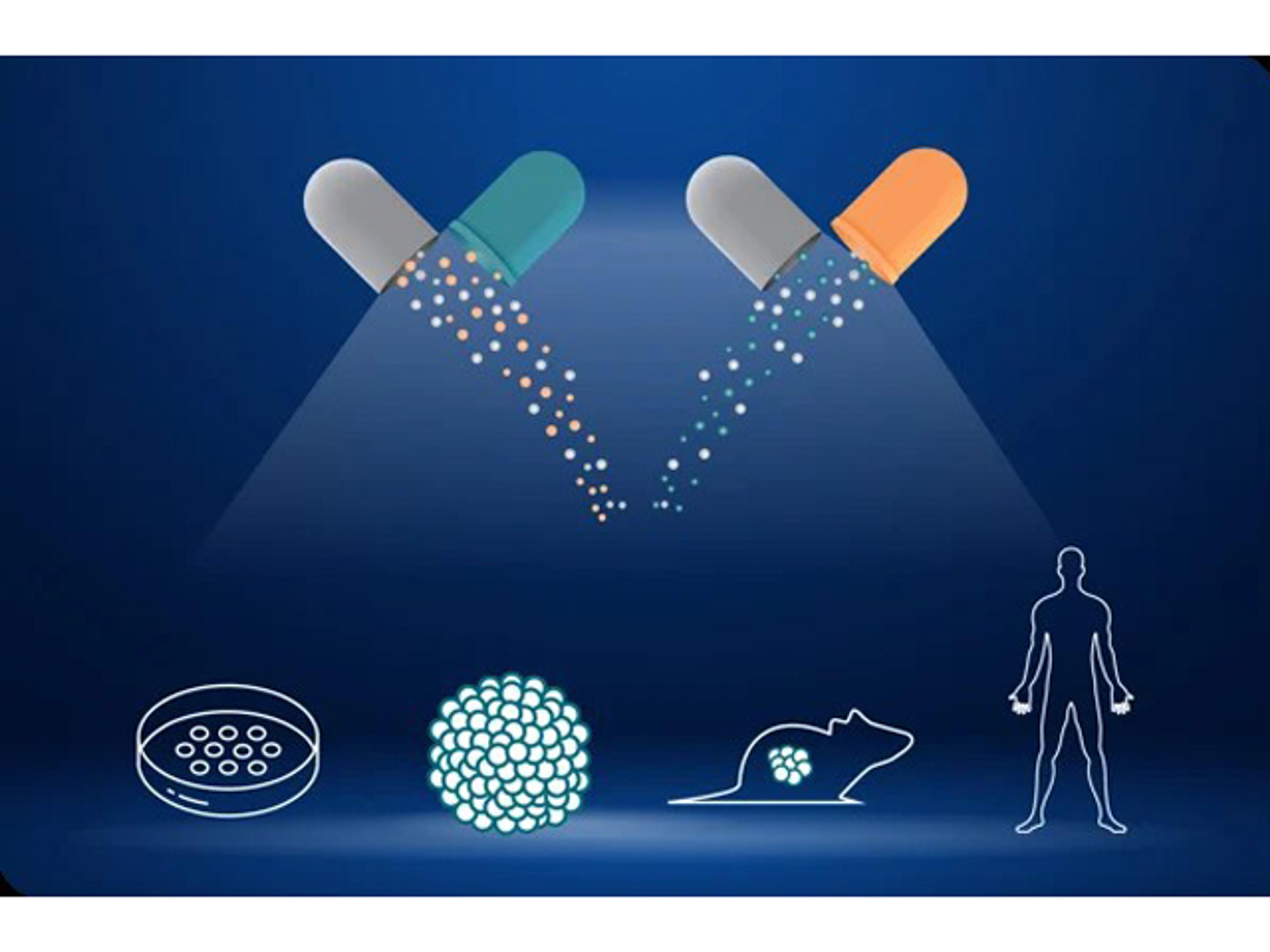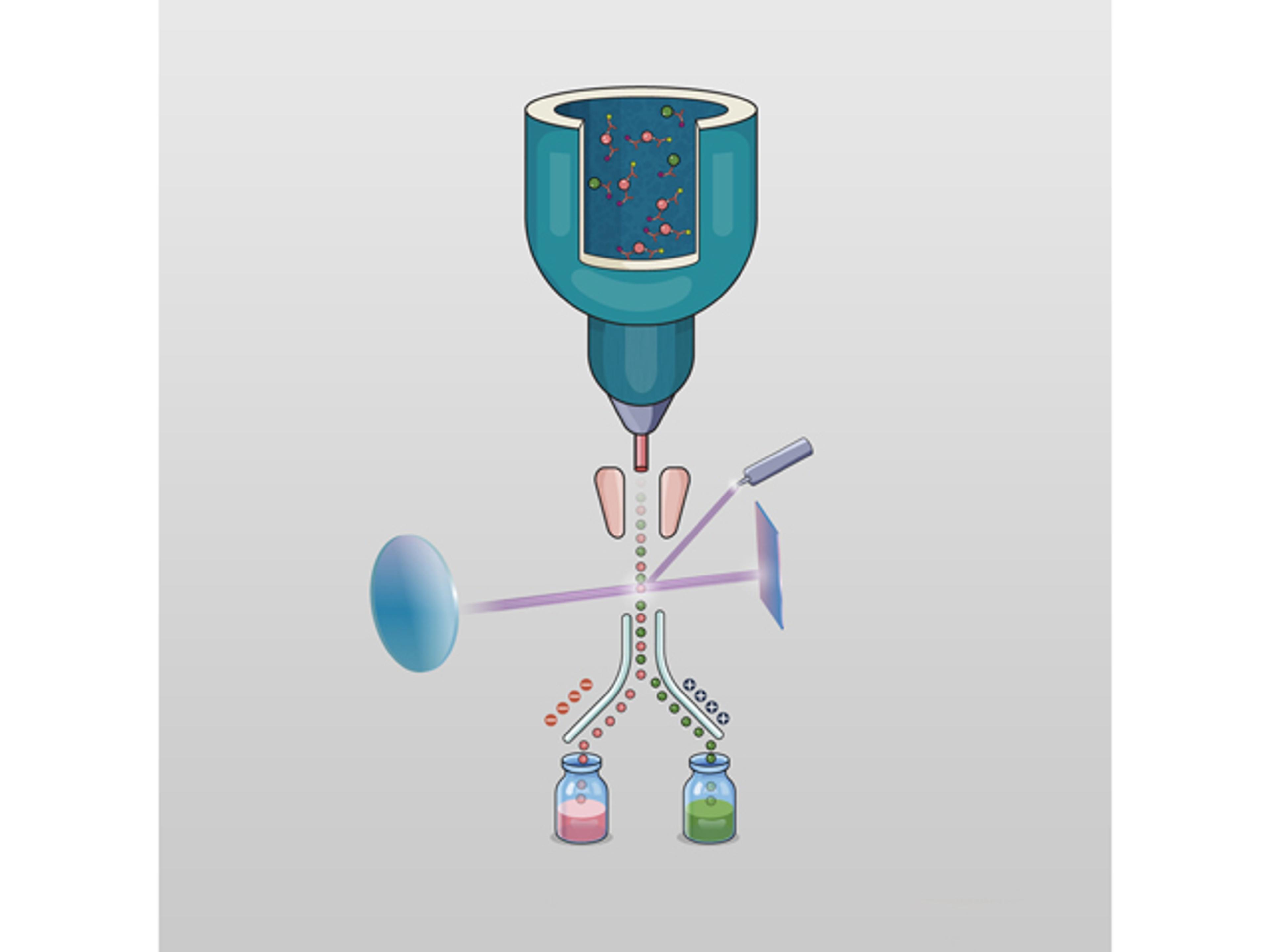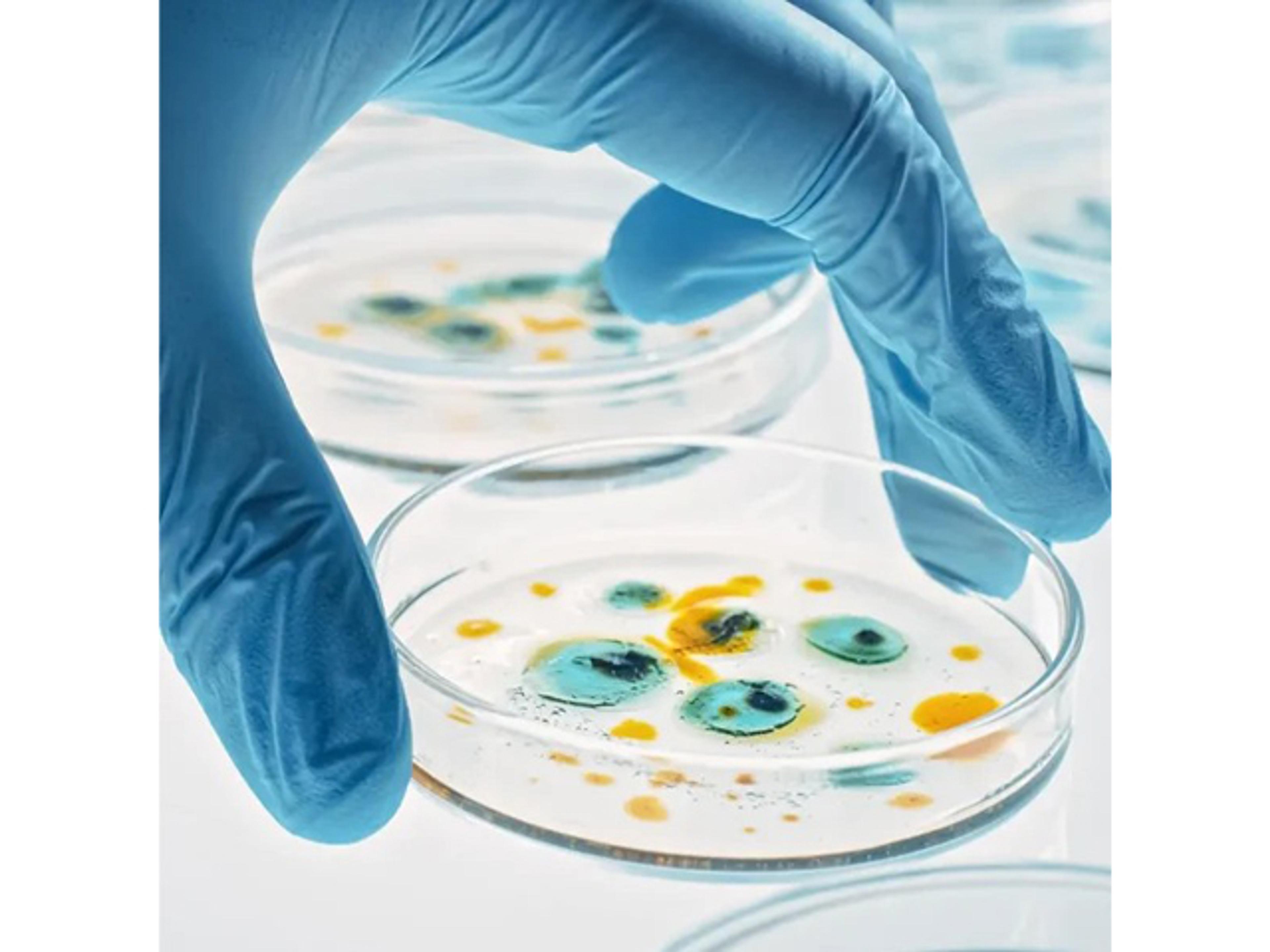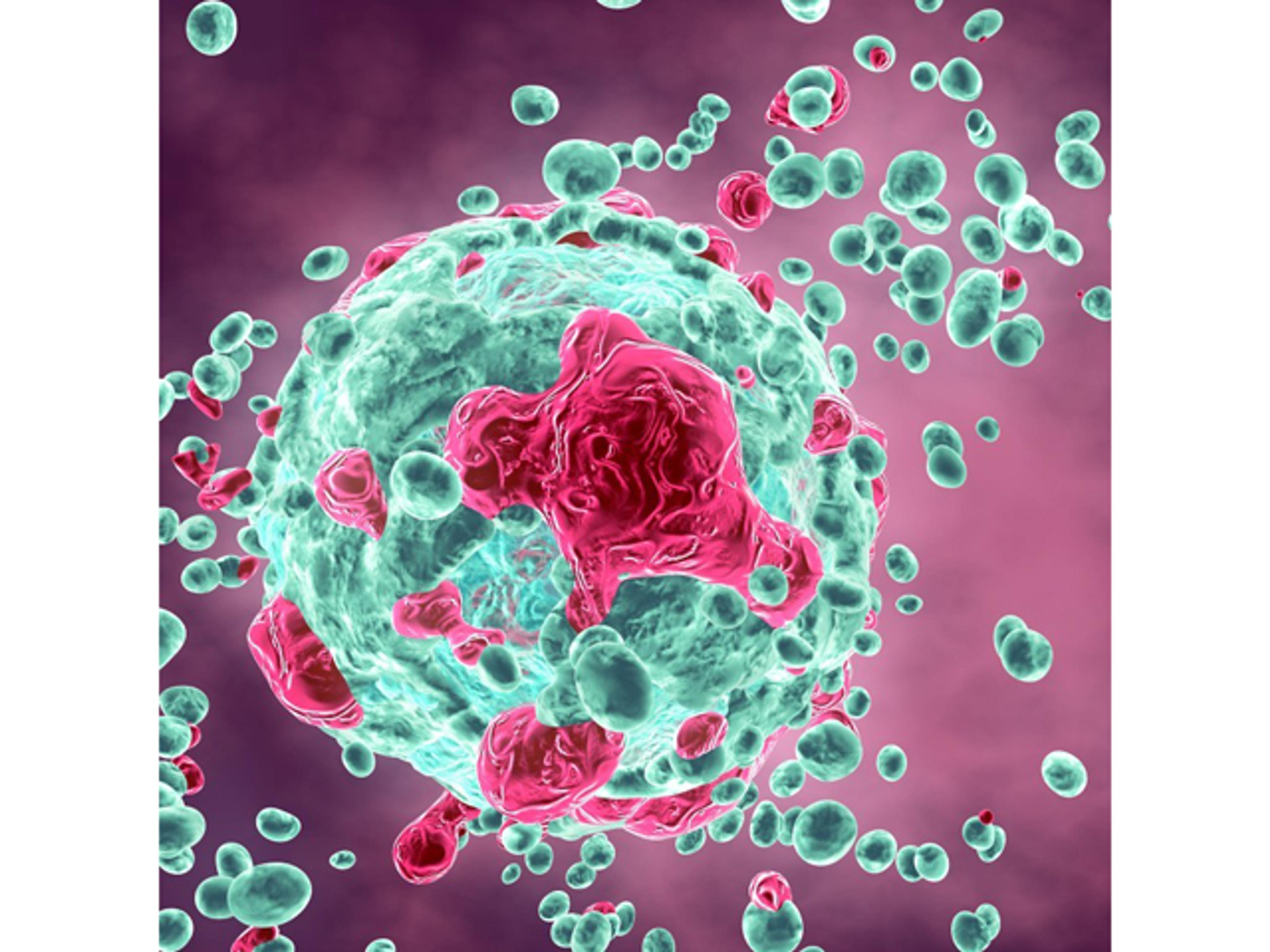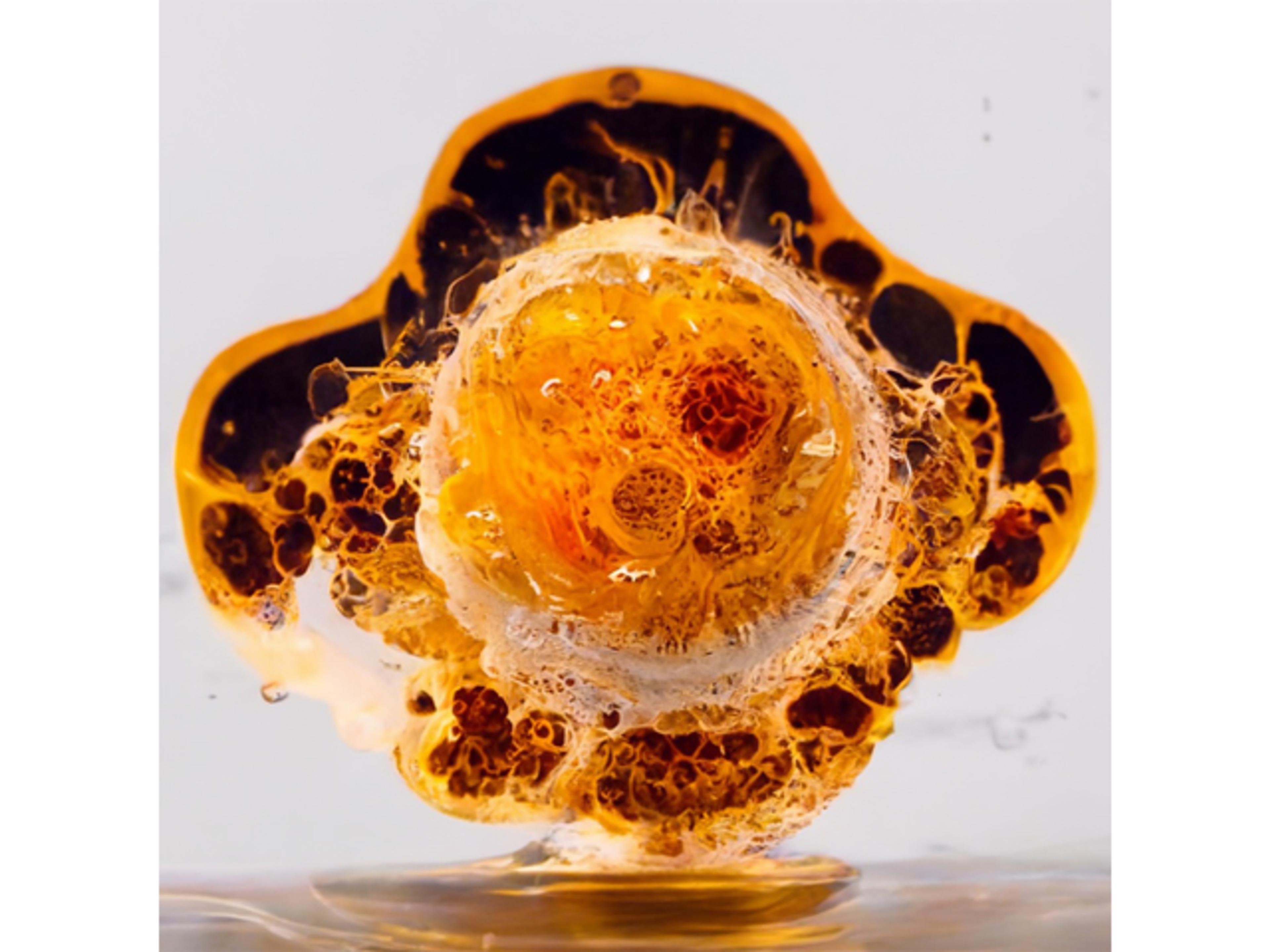Products & ReviewDrug discovery > Pre-Clinical Development
CrownSyn
CrownSyn™: Quantify and visualize drug synergy, antagonism, or additivity in vitro and in vivo with Crown Bioscience’s robust bioinformatics platform—empowering oncology researchers to optimize combination therapies with confidence.
CrownSyn™: Empowering Oncology Research Through Advanced Drug Combination Analysis
In the evolving landscape of oncology, combination therapies have emerged as a cornerstone strategy to combat cancer's complexity and adaptability. Recognizing this, Crown Bioscience introduces CrownSyn™, a comprehensive bioinformatics service designed to evaluate and quantify the interactions of two-drug combinations—be it synergistic, antagonistic, or additive—in both in vitro and in vivo settings.
Key Features of CrownSyn™:
- Flexible Experimental Design Compatibility: Whether you're employing fixed ratio or matrix designs, CrownSyn™ seamlessly adapts to your experimental setup, ensuring accurate analysis across various study designs.
- Robust Data Visualization: Transform complex data into intuitive visuals, including dose-response curves, combination index graphs, inhibition heat maps, 2D contour maps, and 3D response surface plots, facilitating a deeper understanding of drug interactions.
- Validated and Reliable Analysis: Built upon rigorously tested methodologies, CrownSyn™ ensures data integrity and reproducibility, providing researchers with confidence in their findings.
- In Vivo Synergy Assessment with invivoSyn: Traditional in vivo studies often lacked rigorous statistical tools, leading to potential inaccuracies. Crown Bioscience addresses this with invivoSyn, a framework that meticulously detects drug synergy directly from tumor volume data without making undue assumptions about tumor growth dynamics.
- Integration with Advanced Models: Beyond traditional cell lines, CrownSyn™ extends its capabilities to organoid models, offering a more comprehensive understanding of drug interactions within structures that closely mimic human tissues.




